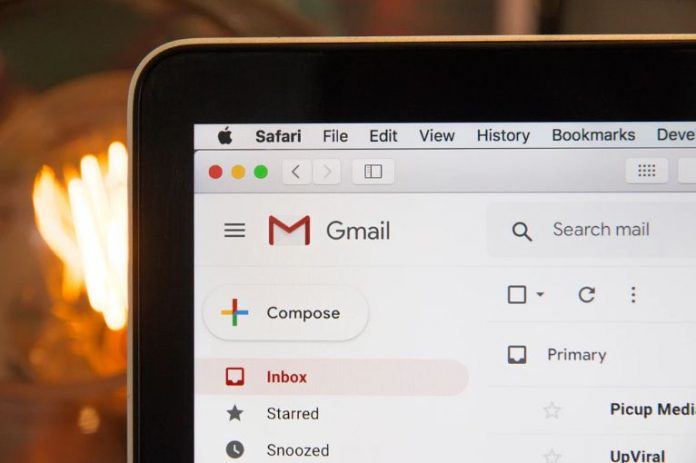Do you look forward to opening your e-mail inbox only to find it full of junk mail? Here are some tips and information that will help reduce the amount of spam (unwanted junk e-mail) arriving in your inbox.
What is spam?
Spam is UCE – unsolicited commercial e-mail. Or any e-mail sent to the e-mail address that you did not request, from somebody that you did not have a prior association with.
They do not have your permission to send you advertising by e-mail and you did not ask to be added to their mailing list. Spam is usually sent to thousands of people at once.
According to Sero-Group.com, the first report of spamming occurred on 1 May 1978 by a computer sales representative in the US, but the term spam was not used until April 1994 when two US lawyers tried to promote an illegal lottery.
Why is it called spam?
The name spam was derived from a Monty Python comedy show which depicted a restaurant serving Spam (the canned ham variety) as a side dish to every item on the menu.
This indicated that you would be receiving something whether you wanted it or not. Hence the term spam applying to unwanted junk e-mails.
How do spammers get your e-mail address?
Typically spammers use software programs that scan web pages and newsgroups for any word or piece of text that contains an ‘@’ symbol.
This is commonly referred to as harvesting. The software collects these addresses and stores them in databases on the spammer’s computer, which the spammer then loads into a bulk-mailing program used to send out the spam messages.
Open an extra e-mail account
Use a free e-mail account for junk (signing up for newsletters, free offers, downloads). Some sites that provide this type of service are Hotmail.com, Yahoo.com, and GMail.com.
There are hundreds of others so be sure to compare their features and select the one that will suit your needs.
If the amount of spam starts to get out of control you can start a new free account and cancel the over-spammed one. Only give your personal e-mail address, the one supplied by your ISP, to friends and relatives.
Add some blanks
Another method is to insert blank spaces before and after the ‘@’ symbol in your e-mail address.
Place a small note under it instructing visitors to copy and paste the address into a new message and remove the blank spaces before sending their message to you.
This won’t allow the e-mail address to be clicked like a normal e-mail link, but the principle is easy enough for anyone to follow (this is commonly called a munged address).
Do not respond
Never reply to or buy anything offered in a spam message.
You don’t want the spammer to know that you have received their message as this will only encourage them to continue sending spam, and it will also keep your e-mail address as ‘current and deliverable’ on their mailing list.
Do not click any unsubscribe links in a spam message. Most of these links are false or will again confirm to the spammer that a live person owns that e-mail address.
Set up real mailboxes
If you have your own web site and domain name never use a catch-all e-mail configuration.
A catch-all setup will effectively catch-all e-mails that are sent to that domain, even if they are not addressed correctly, for example, [email protected], and will forward all e-mail to a nominated e-mail address, usually your ISP account.
Spammers will simply make up different e-mail addresses at your domain and see if they are deliverable.
If so, they will add these addresses to their mailing lists (many of which are sold to other spammers).
Be careful with spam filters
If you or your ISP uses a spam filter make sure you add all wanted e-mail addresses to your white list (a list of acceptable senders).
The spam filter will then allow e-mails from these addresses to reach your inbox. IMediaConnection.com states that approximately 38% of all wanted e-mail is currently getting blocked by spam filters.
Use extra caution
Your bank or financial institution will never ask for your Internet banking password or credit card details in an e-mail message.
Neither will they ask you to update these details through a link to a web page. Messages like these will always be spam and should be reported to your bank. Never reply or click any links in these types of messages.
SIDEBAR
During World War II Spam (the canned variety) was a food staple for soldiers. The name is an acronym formed from ‘SPiced haM’ or ‘Shoulder Pork and haM’.
In 2004 spam accounted for more than 45% of all e-mail sent, with the daily average number of spam sent to be approximately 15 billion.

